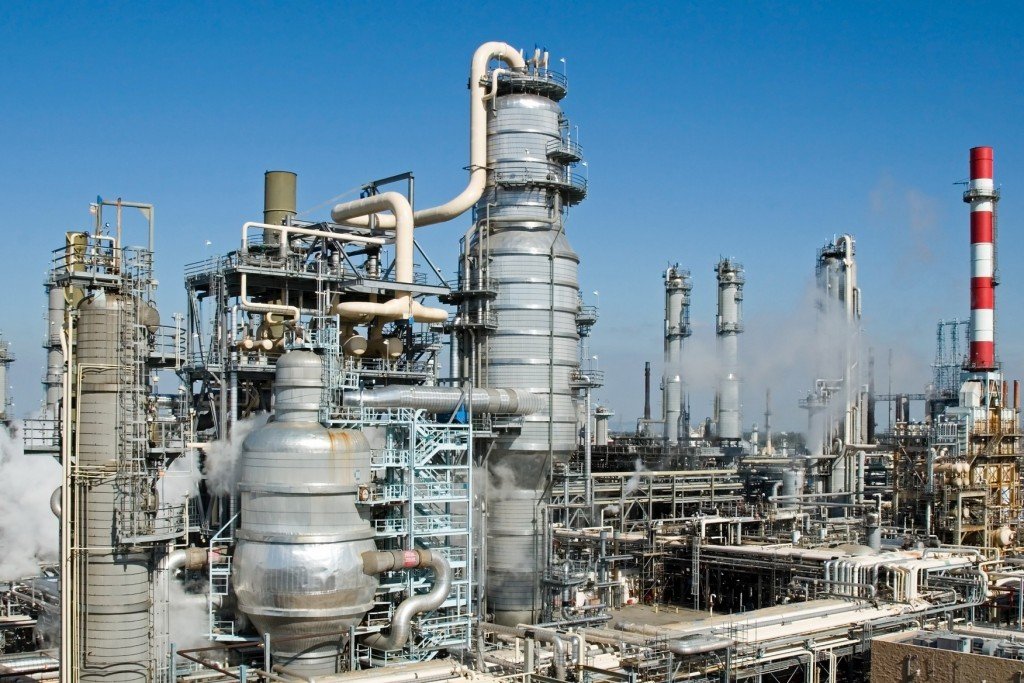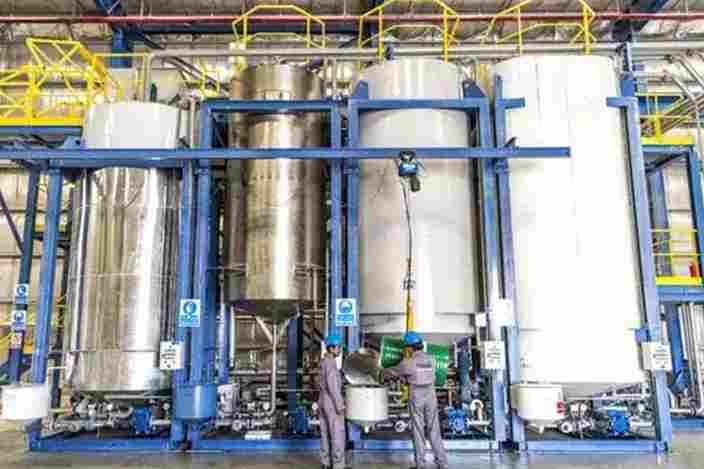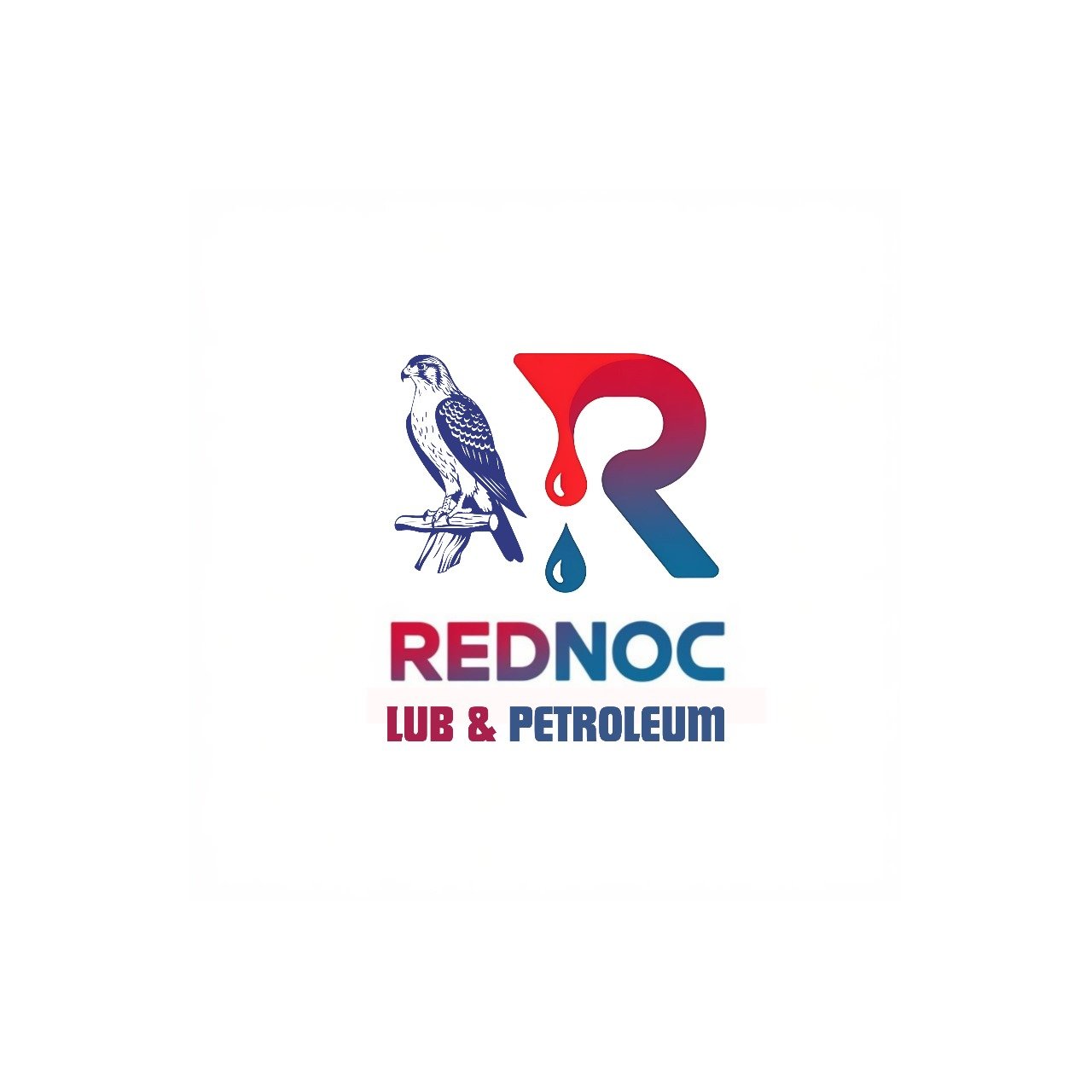
Lubricants Manufacturing
Lubricants manufacturing involves the production of various types of oils and greases used to reduce friction, wear, and heat in machinery, engines, and mechanical systems. The manufacturing process begins with the refining of base oils, which are then blended with additives to enhance their performance characteristics, such as viscosity, corrosion resistance, and temperature stability. Lubricants are tailored for different applications, including automotive, industrial, marine, and aviation sectors, and may include motor oils, transmission fluids, hydraulic oils, and greases. The industry has evolved with advancements in technology, resulting in the development of synthetic lubricants that offer superior performance, longer service life, and better fuel efficiency. As environmental regulations tighten, there is a growing focus on producing eco-friendly lubricants, such as biodegradable and low-emission oils, to reduce the environmental impact of oil usage. Quality control, compliance with industry standards, and ongoing innovation are key aspects of the lubricants manufacturing process, ensuring that the products meet the increasingly stringent demands of both performance and sustainability.

Lubricant manufacturing is a highly specialized industry that involves the production of oils, greases, and other lubricating fluids used in various machinery, vehicles, and industrial applications to minimize friction, reduce wear, and extend the life of equipment. The process of manufacturing lubricants typically starts with the selection and refining of base oils—the primary ingredient in lubricants—which are usually derived from crude oil or synthetic sources. These base oils are then blended with a variety of additives to improve their performance and tailor them to specific applications. The additives can include anti-wear agents, corrosion inhibitors, detergents, dispersants, antioxidants, and friction modifiers.
The final product is customized based on the intended use. For example, automotive lubricants such as engine oils are designed to withstand high temperatures and protect internal engine components from corrosion and wear. Similarly, industrial lubricants are engineered to handle the specific demands of factory machinery, turbines, and hydraulic systems, ensuring smooth operation even under high pressure and varying temperatures. Marine lubricants are designed to operate in challenging environments, such as saltwater, where corrosion resistance is critical.
There has been significant innovation in the lubricant manufacturing industry, especially with the rise of synthetic lubricants. These are man-made oils designed to offer superior performance over conventional mineral oils, providing longer oil change intervals, improved fuel efficiency, and better resistance to high temperatures. Synthetic oils are particularly useful for high-performance and extreme-temperature applications, such as racing engines or aviation.
The manufacturing process also requires stringent quality control to ensure that the lubricants meet industry standards, such as those set by organizations like the American Petroleum Institute (API) or the International Lubricant Standardization and Approval Committee (ILSAC). This ensures that the final products deliver reliable performance and comply with safety and environmental regulations. In addition, there is an increasing demand for environmentally friendly lubricants, such as biodegradable oils and low-emission products, driven by stricter environmental regulations and a growing consumer demand for sustainable solutions.
The industry is also seeing the development of specialized lubricants for niche applications, such as high-performance automotive oils for electric vehicles (EVs), which require lubricants optimized for reduced friction and cooling in electric drivetrains. Furthermore, nano-lubricants, which contain nanoparticles that enhance lubricating properties, are emerging as a way to further improve performance in both automotive and industrial sectors.
Logistics and distribution are crucial in lubricant manufacturing, as lubricants are sold in various packaging forms—ranging from small consumer-size bottles to large industrial drums—requiring efficient distribution networks. Manufacturers must also consider global demand, with different regions and industries requiring tailored formulations due to climate, environmental regulations, and industry-specific needs.
In summary, lubricant manufacturing is a complex and evolving field that plays a critical role in ensuring the smooth operation of machinery and vehicles across multiple industries. It involves the refinement of base oils, the blending of additives, and a focus on performance, sustainability, and regulatory compliance. As the demand for high-performance and eco-friendly products continues to rise, manufacturers are focused on innovation and quality control to meet the evolving needs of both consumers and industries worldwide.
Key Points of the Lubricants Manufacturing
Here are the key points of lubricant manufacturing:
1. Base Oils:
Lubricants are primarily made from base oils, which can be derived from mineral oil (refined from crude oil) or synthetic sources, and serve as the foundation for the final product.
2. Additives:
Various chemical additives are mixed with base oils to enhance specific properties such as anti-wear performance, viscosity, oxidation resistance, and corrosion protection.
3. Product Types:
Lubricants are produced for different applications, including automotive engine oils, industrial oils for machinery, hydraulic oils, greases, marine lubricants, and aviation lubricants, each formulated for specific operating conditions.
4. Performance and Quality Control:
Lubricant manufacturers conduct rigorous testing for properties like viscosity, flash point, wear resistance, and pour point to ensure products meet required performance standards and industry regulations.
5. Sustainability Focus:
Increasing demand for eco-friendly lubricants, such as biodegradable oils and low-emission products, due to growing environmental concerns and government regulations pushing for greener alternatives.
6. Synthetic Lubricants:
Synthetic oils, offering superior performance over conventional mineral oils, are becoming more popular, providing benefits like improved fuel efficiency, longer oil change intervals, and better resistance under extreme conditions.
7. Technology Innovation:
Ongoing developments in the field of nanolubricants, incorporating nanoparticles to enhance lubrication and improve energy efficiency, are shaping the future of the industry.
8. Custom Formulations:
The demand for specialized lubricants for emerging technologies, such as electric vehicles (EVs) and advanced machinery, requires manufacturers to create tailored formulations to meet new challenges.
9. Regulatory Compliance:
Manufacturers must comply with industry standards, including safety and environmental regulations, ensuring the lubricants meet legal requirements and performance benchmarks.
10. Global Distribution and Supply Chain:
Lubricant manufacturing requires effective logistics and distribution systems to deliver products in various packaging (e.g., bulk drums, retail bottles) to markets around the world.
These key points emphasize the complexity, innovation, and evolving nature of the lubricant manufacturing industry, which is driven by performance, environmental responsibility, and technological advancements.
Request a Quote
Learn More From
Frequently Asked Questions
Creating cities and communities that solve problems requires a holistic approach that prioritizes sustainability, inclusivity, and innovation.
The construction of a winning 1 million AED project involves careful planning, strategic allocation of resources, and efficient execution to ensure success.
Our clients in the petroleum industry consistently commend our commitment to quality, reliability, and innovation.
